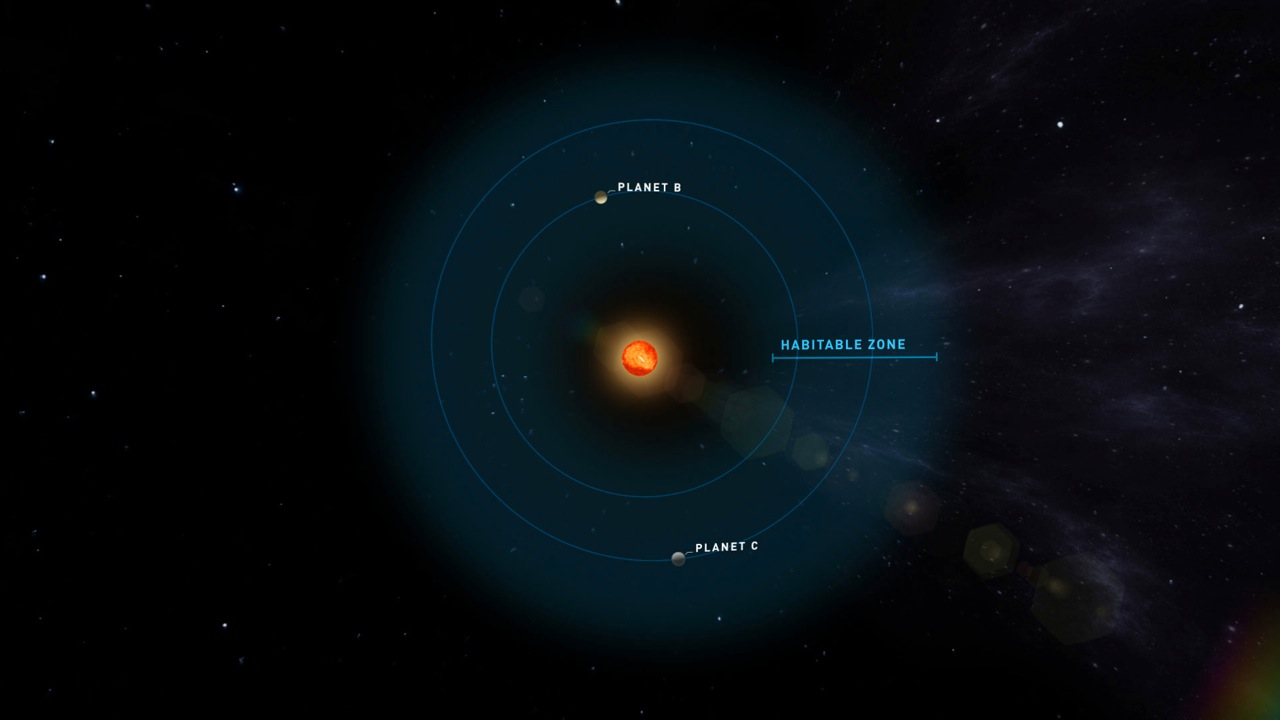They’re located in the “habitable zone,” where liquid water could exist on a planet’s surface.
The news: Researchers at the University of Göttingen have been studying a star known as “Teegarden’s star” for the last three years. They found two planets orbiting it that seem to bear some similarities to Earth, orbiting in a region where it’s possible there could be liquid water. Their findings are published in the journal Astronomy & Astrophysics this week.
The star: It’s so faint it wasn’t spotted until 2003. It’s one of our closest stars (a mere 12.5 light-years away) and it’s an “M dwarf,” about half as warm as the sun and a tenth as big. That means potentially habitable planets would have to be closer to it than those in our own solar system, and thus orbit more quickly. The two new planets were spotted using the CARMENES instrument on a telescope in Spain. It looks for how an exoplanet’s gravitational pull periodically affects a star’s light.
Don’t settle for half the story.
Get paywall-free access to technology news for the here and now.
